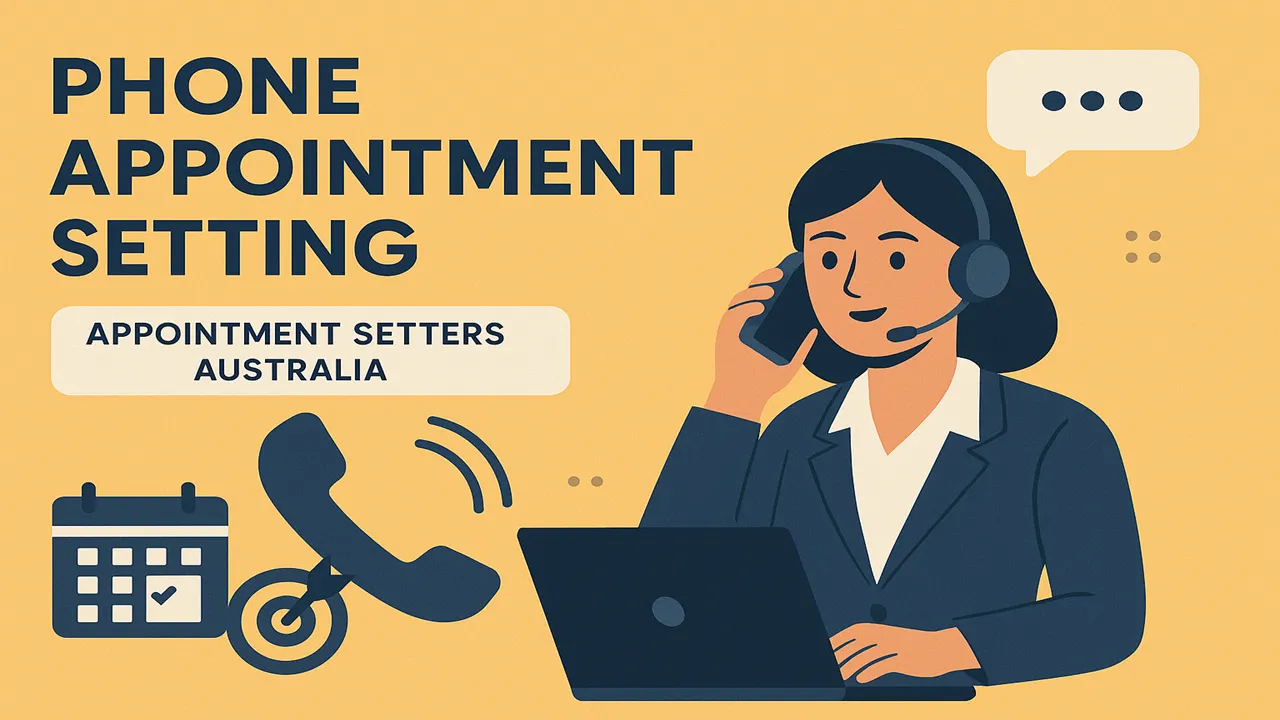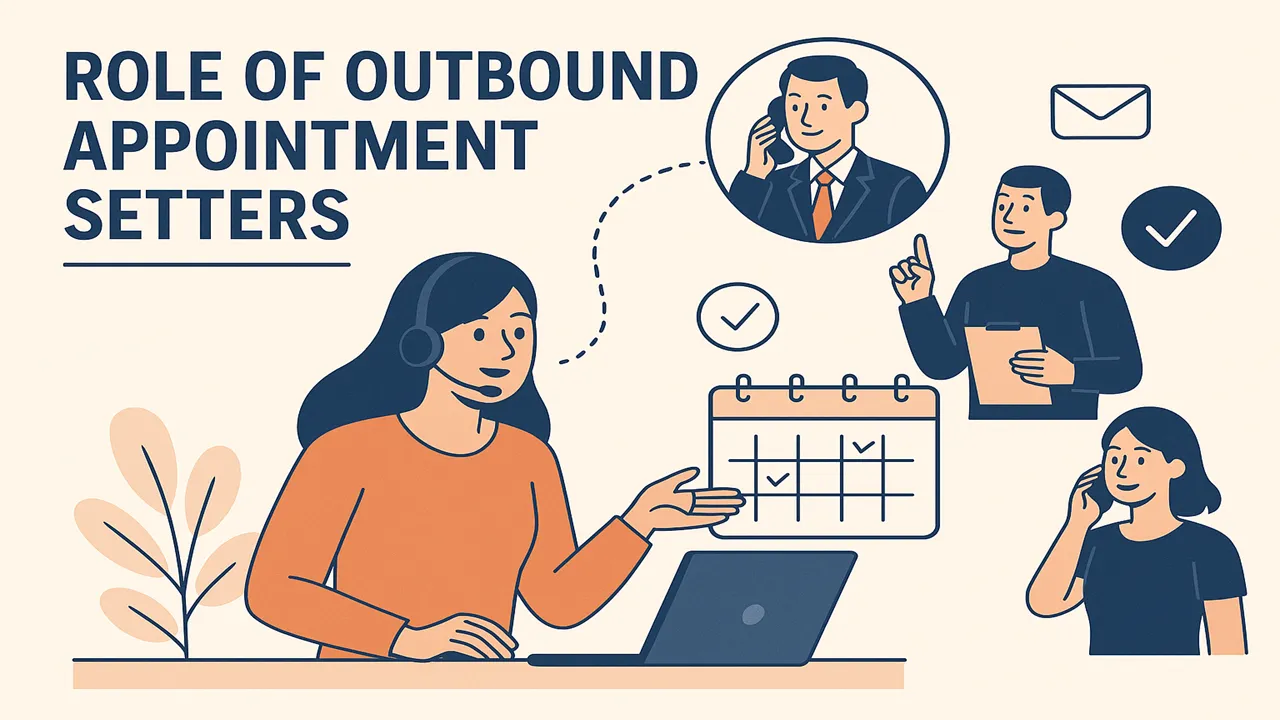Appointment setting is a critical aspect of many businesses, particularly those involved in B2B transactions. A well-crafted appointment setter script can make a significant difference in your ability to secure meetings with potential clients. This article will guide you through the process of creating an effective Appointment Setter Sample Script, covering essential components and best practices.
Understanding Appointment Setter Sample Script
An Appointment Setter Sample Script serves as a guide for making effective calls to potential clients. It outlines the key elements that should be included in each conversation, ensuring consistency and professionalism. A well-designed script helps the appointment setter stay on track, address potential objections, and highlight the value proposition. By following a structured approach, appointment setters can increase their success rates, making sure each interaction moves towards securing a meeting. This script is especially crucial for those involved in telemarketing appointment setting and appointment setting services, where each call is an opportunity to build a business relationship.
What is Appointment Setting?
Appointment setting is contacting potential clients to arrange a meeting with a sales representative. This can be done via phone calls, emails, or other communication methods. Effective appointment setting requires good communication skills, persistence, and a well-crafted script that addresses the client’s needs and concerns. A well-prepared Appointment Setter Sample Script is essential in ensuring these elements are effectively communicated.
Components of an Effective Appointment Setter Sample Script
Creating an effective Appointment Setter Sample Script involves several key components. Each part of the script is crucial in engaging the prospect and moving them towards agreeing to a meeting.
- Introduction
The introduction is the first impression you make on the prospect. It’s important to be concise, polite, and professional.
Example: “Hello, [Prospect’s Name]. This is [Your Name] from [Your Company]. How are you today?”
- Purpose Statement
Clearly state the purpose of your call early on to set the context and avoid confusion.
Example: “The reason for my call is to introduce you to our [product/service] that can [mention the benefit, e.g., increase your sales efficiency].”
- Qualification
Ask a few qualifying questions to ensure the prospect is a good fit for what you’re offering. This step helps in personalizing the conversation and addressing specific needs.
Example: “Can you tell me a little about your current [situation related to your service]? How are you currently handling [specific problem]?”
- Value Proposition
Present your value proposition, explaining how your product or service can solve the prospect’s problem or improve their current situation.
Example: “Many of our clients have found that using our [product/service] has helped them [specific benefit], and I’d love to show you how it can work for you.”
- Closing
This is where you request the appointment. Be clear and confident in your ask.
Example: “I’d love to schedule a quick 15-minute call to discuss how we can help you. How does [specific date and time] work for you?”
Tips for a Successful Appointment Setting
To succeed in appointment setting, it’s crucial to personalize your approach, handle objections gracefully, and follow up diligently. Personalizing your script to each prospect demonstrates genuine interest and preparation. Anticipating and addressing common objections shows understanding and professionalism. Following up ensures that prospects are reminded of the appointment and reinforces your commitment to helping them. A well-crafted Appointment Setter Sample Script is instrumental in achieving these goals.
- Personalization
Personalizing your script can significantly improve your success rate. Use the prospect’s name and refer to specific details about their company or industry. This shows that you’ve done your homework and are genuinely interested in helping them.
- Handling Objections
Prospects will often have objections. Prepare for common objections and have responses ready. This demonstrates that you understand their concerns and have thought through how to address them.
Example: “I understand that you’re busy. That’s why our initial call is only 15 minutes, and we’ll focus on how we can help you save time in the long run.”
- Follow-Up
If the prospect is unavailable at the suggested time, propose an alternative. Always follow up with an email confirming the appointment and providing additional information about what will be discussed.
Example: “I understand. Can we schedule for [alternative date and time]? I’ll send you a calendar invite to confirm.”
Best Practices for Telemarketing Appointment Setting

Effective telemarketing appointment setting requires thorough preparation, concise communication, and a professional demeanor. Before making calls, gather all relevant information about the prospect. Keep your script short and focused, emphasizing the value you offer. Always maintain a polite and professional tone, even if the prospect declines, to leave a positive impression for future opportunities. Using a well-prepared Appointment Setter Sample Script helps maintain this professionalism.
- Be Prepared
Before making the call, ensure you have all the necessary information about the prospect and their company. Preparation shows professionalism and helps in having a meaningful conversation.
- Keep It Short and Simple
Prospects are often busy. Keep your script concise and to the point. Avoid long-winded explanations and focus on the value you can provide.
- Be Polite and Professional
Always maintain a polite and professional tone. Even if the prospect is not interested, thank them for their time and leave the door open for future contact.
Appointment Setting in Different Regions
Appointment setting can vary significantly across different regions, requiring an understanding of local business cultures. For instance, appointment setting in Sydney or other parts of Australia demands awareness of time zones and regional holidays. Tailoring your approach to reflect local values and customs enhances your chances of securing appointments and building strong business relationships. A tailored Appointment Setter Sample Script can help navigate these regional differences effectively.
- Appointment Setting in Sydney
Appointment setting in Sydney, like any other region, requires understanding the local business culture. Australians generally appreciate directness and professionalism. Ensure your script is tailored to reflect these values.
- Appointment Setting in Australia
When setting appointments in Australia, it’s important to be mindful of time zones and regional holidays. A well-timed call can significantly increase your chances of securing a meeting.
Conclusion
Crafting an effective Appointment Setter Sample Script is a blend of art and science. By understanding the fundamentals of appointment setting, personalizing your approach, handling objections skillfully, and adhering to best practices, you can significantly improve your success rate. Whether you’re involved in B2B appointment setting or offering appointment setting services, a well-prepared script is your key to unlocking valuable business opportunities. Remember, the goal is not just to set appointments but to build meaningful connections that can lead to long-term business relationships.
Simplify Your Experience with Our FAQs
What is an Appointment Setter Sample Script?
An Appointment Setter Sample Script is a pre-designed template outlining key conversation elements for effectively scheduling meetings with potential clients, and enhancing sales efficiency.
Why is a well-crafted script important for appointment setting?
A well-crafted script provides structure, ensures consistency, and helps address potential objections, increasing success rates in securing appointments.
How does personalization impact appointment setting success?
Personalization demonstrates genuine interest, builds rapport, and increases the likelihood of securing appointments by addressing individual needs effectively.
What role does handling objections play in appointment setting?
Handling objections gracefully showcases understanding and professionalism, overcoming barriers and moving conversations towards appointment confirmation.
What should be emphasized in the closing statement of a script?
The closing statement should propose a meeting, offering specific details and expressing confidence, facilitating a smooth transition to appointment confirmation.








